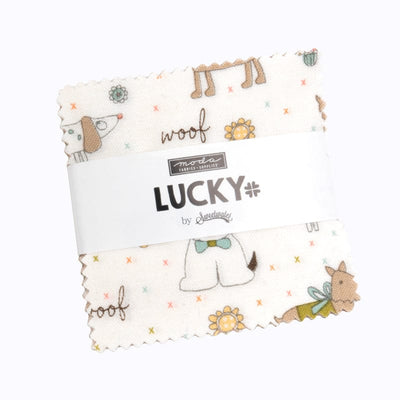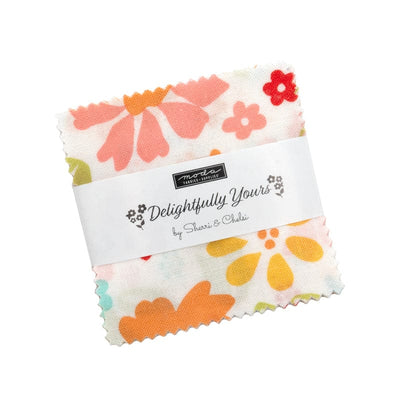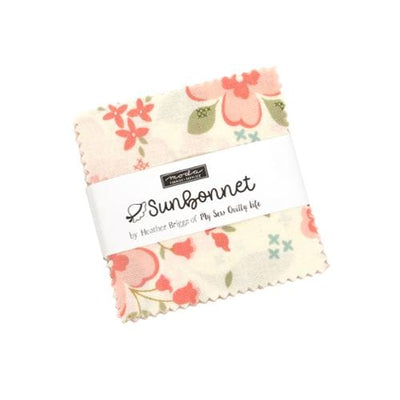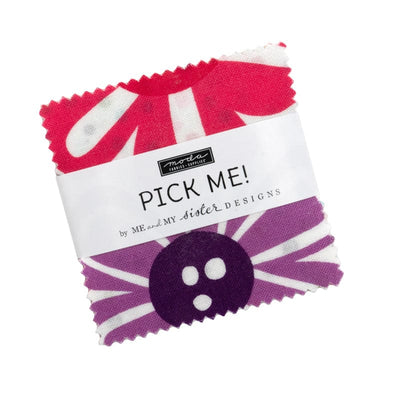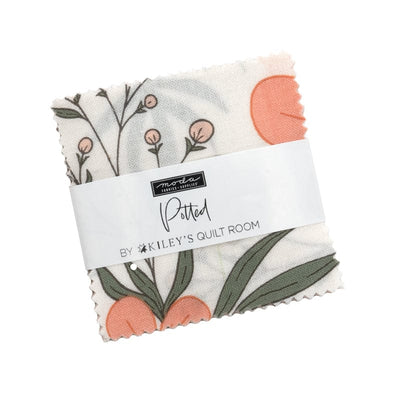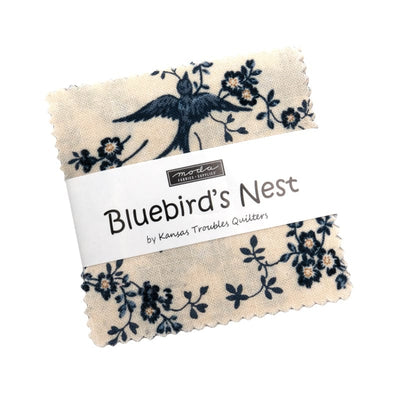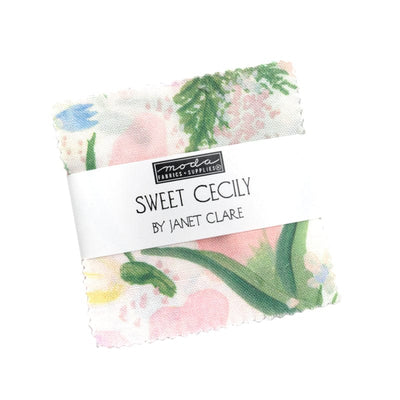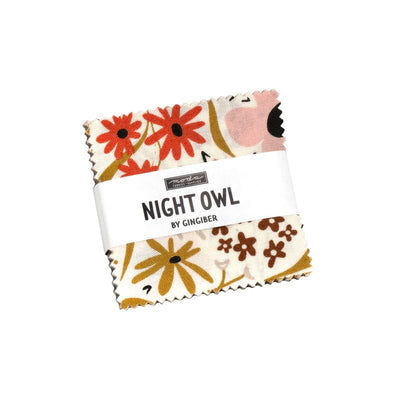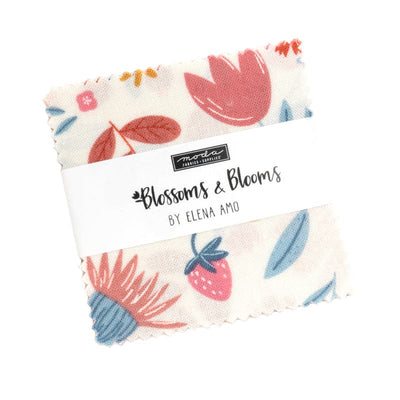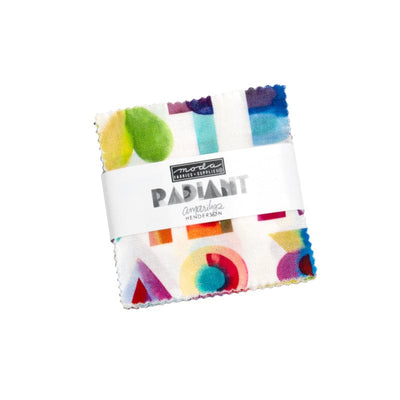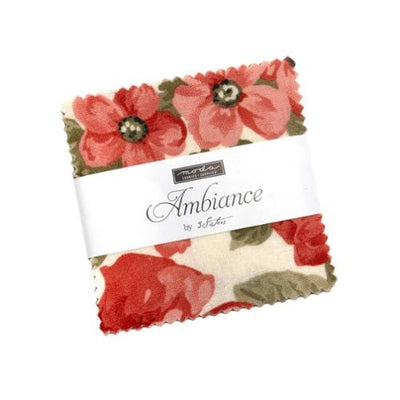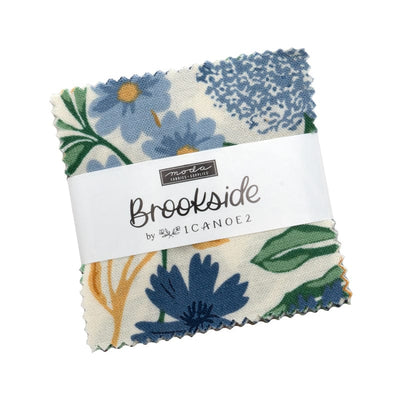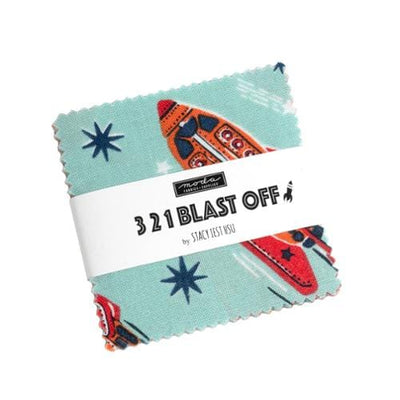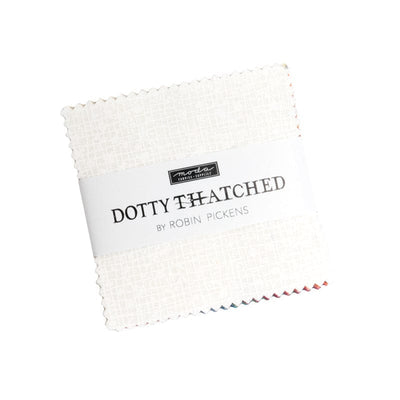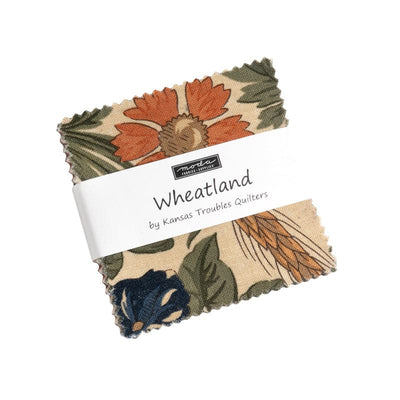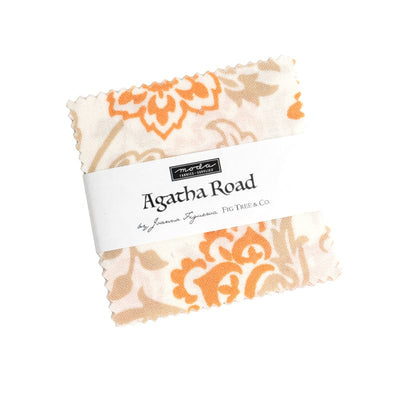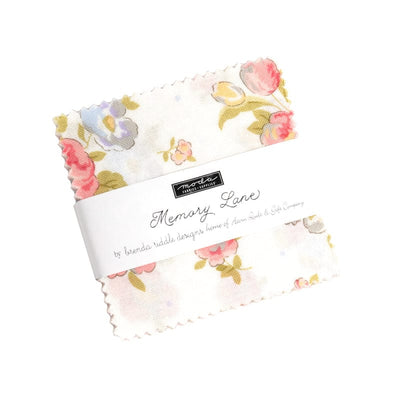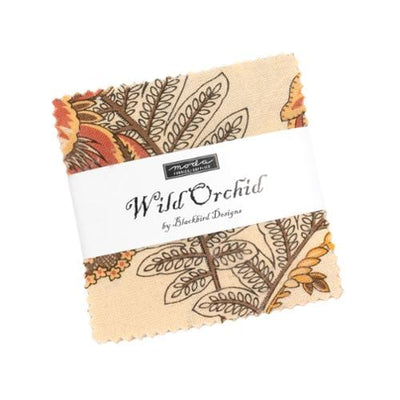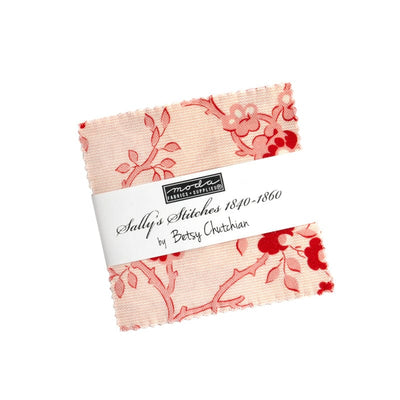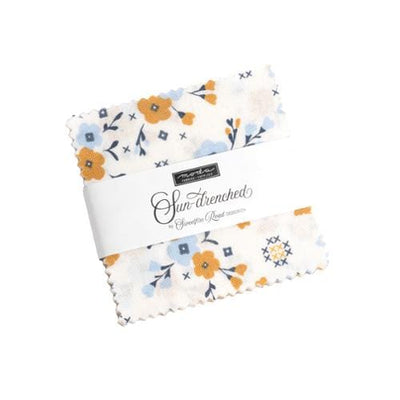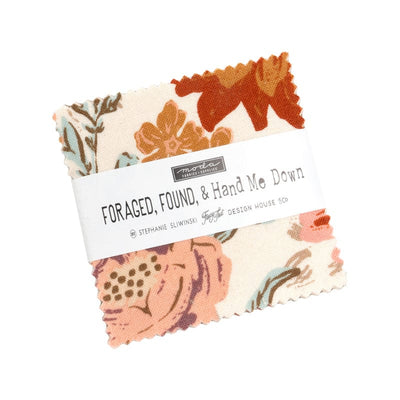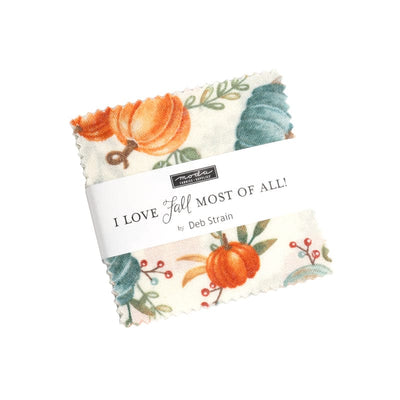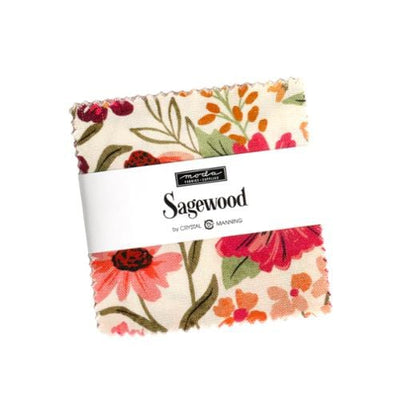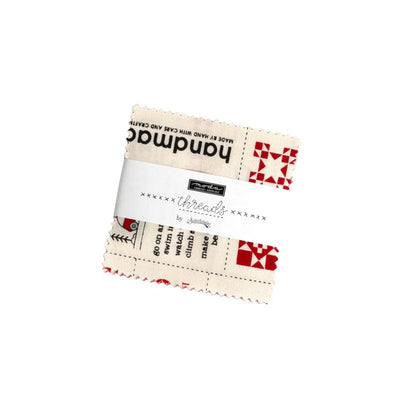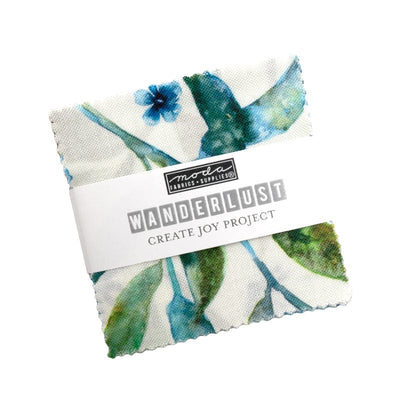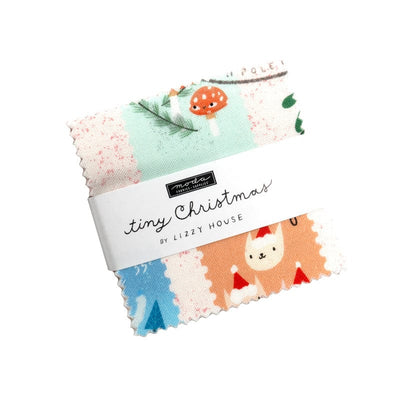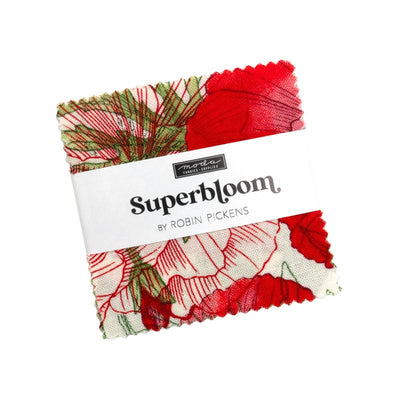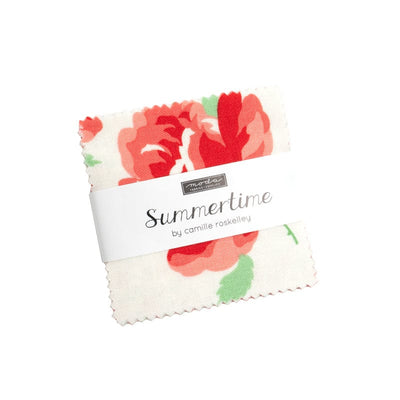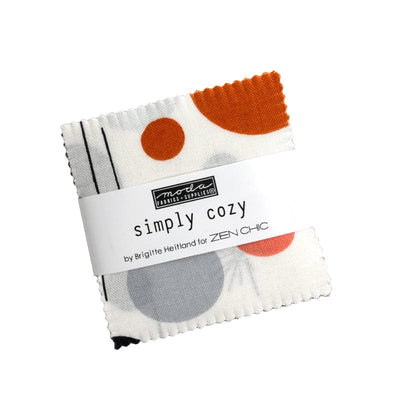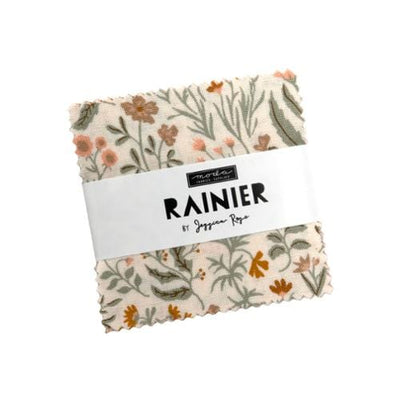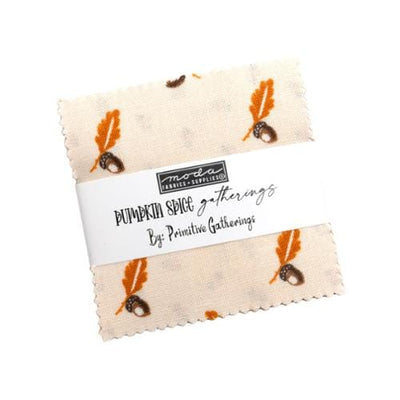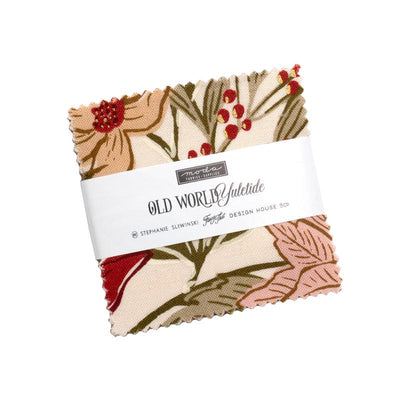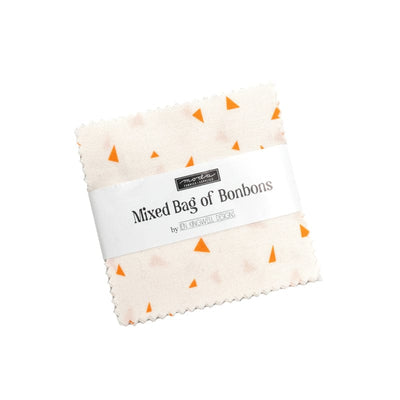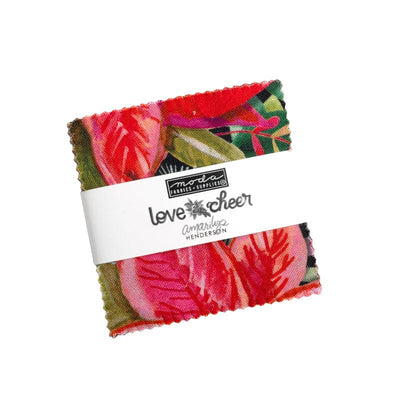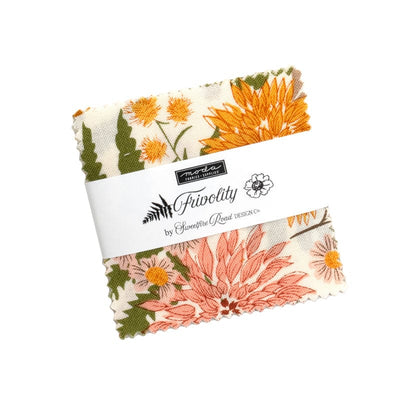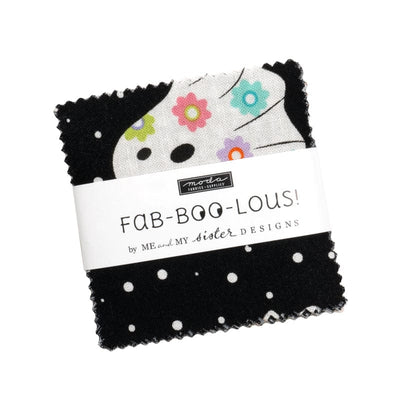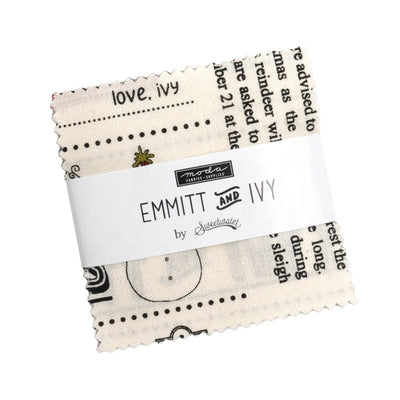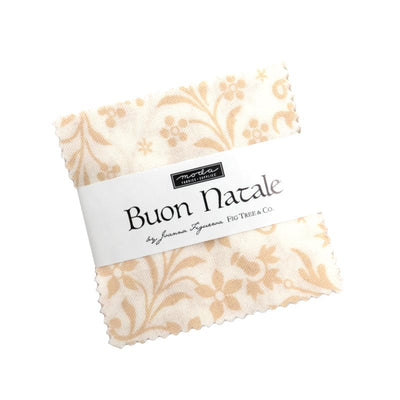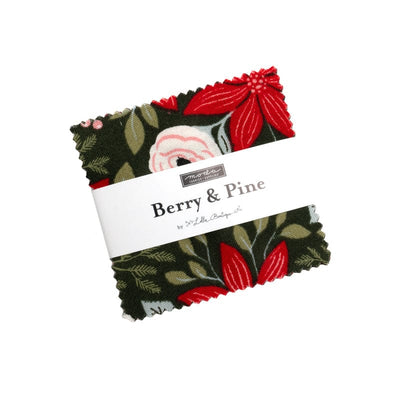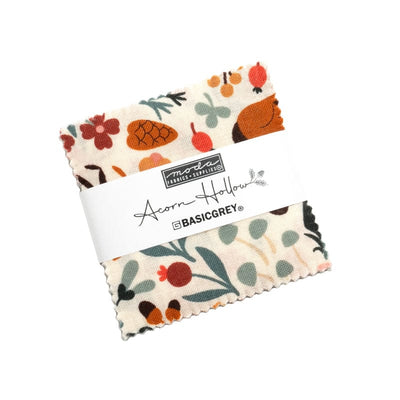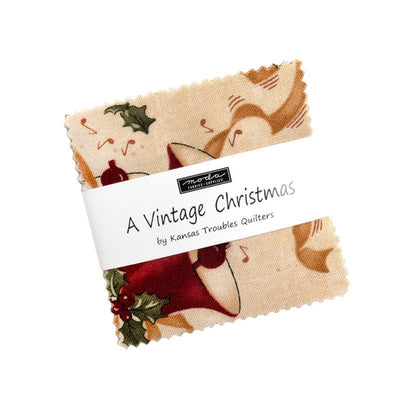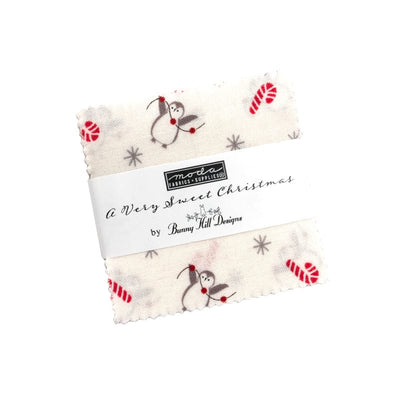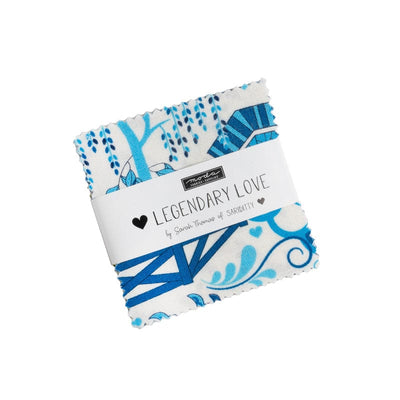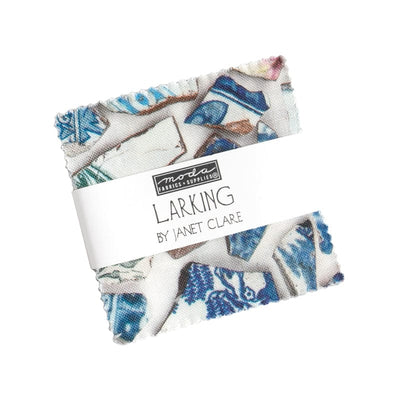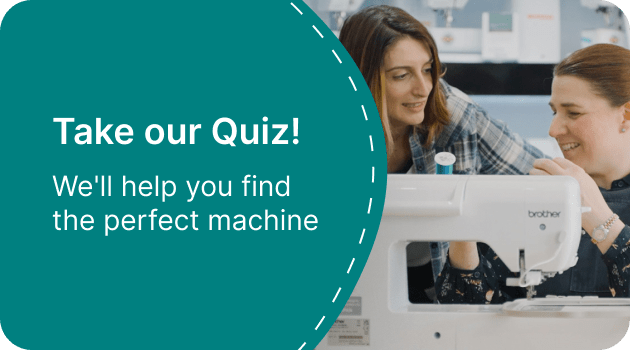Which Overlocker & Coverstitch Machine To Buy?
Sewing Machine Buyers Guide
Embroidery Buyers Guide
Things to consider before buying an overlocker & coverstitch machine:
What are the Types of Overlocker & Coverstitch Machines?
Basic Overlocker Machine
Air Threading Overlocker Machine
Coverstitch Machines
Combination Overlocker & Coverstitch Machines
How to Choose the Right Overlocker Machine
Consider the basic features:
- 2 - 5 Thread: How many threads you can use on your overlocker matters! Different types of stitches require a different number of threads. It all depends on what you’ll be using your overlocker for. Most overlockers will offer 3 and 4 thread stitch variations, which will give you the basic overlock stitches. You’ll more than likely use these the most. You’ll need 2 thread capabilities in order to sew a rolled hem and other smaller, less bulky stitches for more delicate projects. Thread count also determines how durable your overlocking stitches will end up. Most basic overlockers will allow for 3 to 4-thread stitches. The higher-end the machine, the more options you’ll start to see, including 2-thread stitches and 5-thread stitches.
- Seam Width: Being able to change your seam width can be important, especially if you’re working on a wide variety of projects. Stitch width can affect your seam allowance and therefore how much bulk a stitch will have and how durable it can be. If you’re working with delicate fabrics, you want to make sure that your stitching is just as delicate in order to match and lay right. The opposite is true for thicker fabrics. You may also want to change the seam width depending on the pattern you’re using or the style you’re trying to achieve.
- Stitch Length: Stitch length, like stitch width, affects the project you’re working on. Depending on the type of fabric you’re working with, you might want your stitches to be smaller and less bulky or noticeable, or you might need a thicker, more durable seam for a heavier fabric.
Overlocker 2 Stitch Variations
- 2 Thread Overlock (Wide / Narrow): Not used as often as 3 and 4-thread variations, this stitch is used for very lightweight and delicate fabrics. It’s not as bulky as other overlock stitches, but it will allow your lightweight fabrics to have a beautiful finish while still being durable and locking in those raw edges.
- 2 Thread Flatlock (Wide / Narrow): This is a stitch that, again, isn’t used as often, but is a great choice for anyone wanting a flat seam on delicate fabrics. It still encases all of the raw edges, but allows for an open seam that allows the fabric to lay flat. You can see this stitch on fitted garments such as activewear.
- 2 Thread Rolled Hem: A very basic, but very beautiful hem for those delicate fabrics is the rolled hem. Not quite as durable as the 3-thread rolled hem, but the 2-thread rolled hem is meant for much more delicate work. It makes your hems look dainty and beautiful.
- 2 Thread Wrapped Overlock (Wide / Narrow): Typically, the less threads you use, the less durable the stitch and seam will be in the long run, but this stitch was developed with the idea of using only 2 threads, but functions like a regular overlock stitch in that it traps the raw edge just as well, but keeps the bulk of a lot of thread out of the equation.
- 2 Thread Blanket Stitch (Wide / Narrow): A blanket stitch is a great way to finish an edge. It’s a bit decorative and very functional. It’s a tried-and-true stitch that really gets the job done and looks great when finished as a finished edge on its own.
Overlocker 3 Stitch Variations
- 3 Thread Overlock (Wide / Narrow): This stitch is very basic and simple and will be one of the most-used stitches on your overlocker. It’s great for a very simple edge that boast functionality or a good choice for lightweight fabrics that you want to lay well.
- 3 Thread Super Stretch: A fantastic option for light to medium-weight stretchy fabrics that need to be able to stretch as much as possible. If a fabric that needs to stretch is confined by the thread in the seam, it’s more likely to rip, so you need to make sure you’re working with a stitch that will allow the fabric to stretch as needed.
- 3 Thread Flatlock (Wide / Narrow): A Flatlock stitch is perfect when you need a seam to lay flat against the body. It’s meant for fitted garments, so you need to be able to use as much of the seam’s real estate as possible. A 3-thread flatlock is great for light to medium-weight fabrics.
- 3 Thread Narrow Seam: This narrow stitch is great for stretchy fabrics, especially those that are meant for activewear. It allows for some give so that the fabrics still stretch, but the seam is lasting and durable.
- 3 Thread Rolled Hem: A very popular stitch, this is a great stitch for delicate fabrics as well as curtain and napkin edges. It’s perfect for somewhat delicate fabrics and for projects that don’t need a thicker hem that other stitches would provide. It’s simple yet effective both in function and decoration.
- 3 Thread Picot Stitch: A more decorative stitch, this one is used for fabrics that are meant for evening wear and bridal garments. It’s just as functional as the rolled hem, but adds just a touch of texture.
Overlocker Machine Features to Know About
Easy Threading
Dust Cover
Colour Coded Threading Path
Needle Threader
- Brother F.A.S.T System: Another Easy Threading feature, but one that’s limited to Brother brand Overlockers. It’s a system that helps you thread the lower looper with ease, especially when you’re trying to make quick work of a colour change!
- Lower Looper Threader: The lower looper is the most difficult part of an overlocker to thread and is usually the source of any threading anxiety. However, some machines come with a lower looper threader to aid you in this endeavour!
- Automatic Up / Down: Automatic needle up/down is very useful in any sewing situation. This is great for anyone who likes to keep their hands on their project.
- Thread Tension Release: Being able to release the thread tension as you raise the presser foot is a great feature to have on an overlocker. Thread tension can make it difficult to move your project away from the needle.
- Safety Switch: Overlockers come with sharp edges, so it’s important to consider the safety features they include, including a safety switch that will keep the machine from working if you open the machine up or lift the presser foot. Many machines will have this feature.
- Bernina Mirco Thread Control (MTC): Certain Bernina machines include Micro Thread Control (or MTC). It’s an added lever that controls how close and tight the looper thread wraps around the raw edge of the fabric. It can be adjusted to make your stitches absolutely perfect as it supports the fabric where the looper works.
- Built in Storage in the Front Cover: Built in storage is always great to have! But, it’s not a necessity with an overlocker as they typically don’t come with too many accessories aside from screw drivers and since most overlockers front is taken up by tension dials, stitch selectors, and trim trap bins, that doesn’t always leave a lot of space for storage space. If built-in storage is important to you and your workspace, you’ll want to make sure that your new machine comes with it.
- Sewing Speed: How fast an overlocker sews can be an important feature to consider. Many overlockers sew much faster than typical sewing machines, but don’t let that intimidate you! You’ll still be able to use the foot control to control your speed. More expensive overlockers will work faster than those that are on the lower end of the price spectrum. So, if speed is something that’s important to you, you’ll want to look at the higher-end models.
- Presser Foot Pressure: How hard the presser foot grabs the fabric between itself and the feed dogs will determine how easy of a time you’ll have working the machine. Of course, not every machine or fabric are created equally. The presser foot pressure is what helps the feed dogs grab on to the fabric and move it through the machine. Some machines will allow you to change the pressure of the presser foot to work with different types of fabric. It will allow you to work with thick denims just as easily as working with knit, and still be able to work with organza or chiffon!
- Upper Looper Converter (2 Thread Overlock): This feature allows you to switch between 2 thread stitches and all other stitches. It simply converts the machine so that only one thread is working through the needle along with the bottom looper thread. If you plan to purchase a machine that allows for 2-thread stitches, this is a must-have.
- Bernina FHS: There are a few Bernina brand overlockers that use the same knee lift, or Free Hand System, that other sewing machines have. It allows you to lift the presser foot without having to reach behind the machine to lift the lever that you normally would. This allows you to keep your hands on your project as you work so that you can manoeuvre the fabric as you need to!
- Rolled Hem: A rolled hem is essential to anyone who is working on delicate fabrics. It allows you to create an edge that won’t fray. Fabrics like organza, silk chiffon, and delicate knits do great with rolled hems instead of the bulky hems that are traditionally associated with overlockers. It’s also great for things like sheer curtains and table cloths that shouldn’t have bulky hems, either.
- Free Arm: Having access to a free arm on an overlocker or cover stitch machine is game-changing! You’ll be able to work on sleeves, hems, and cuffs with a lot more ease, being able to manoeuvre the fabric without it bunching up. Not every overlocker or cover stitch machine has a free arm, so if you plan on using your machine for smaller projects, you might want to look into machines that have a free arm option.
How to Choose the Right Coverstitch Machine
Consider the Machine Workspace
The Number of Threads
Stitch Variations
- Triple Cover Stitch: This stitch uses three needles and 4 threads (when counting the looper) to create a reinforced cover stitch. This stitch is perfect for hemming, decorative effects, elastic and durable seams for sportswear.
- Wide Cover Stitch: This stitch uses 2 needles and 3 threads to create a basic, but wide cover stitch. It is ideal for hemming, topstitching and decorative effects on T-shirts and knits.
- Narrow Cover Stitch: This stitch is a 2-needle, three-threaded narrow cover stitch. It is optimal for hemming on fine fabrics, tape binding, and topstitching.
- Chain Stitch: A chain stitch uses 1 needle and employs two threads to create a double chain stitch. This stitch is excellent for sewing rolled hems, tape binding, joining woven fabrics and decorative effects.
- Triple Top Cover Stitch: Three-needle, five-thread top cover stitch. Perfect for hems, top stitching, flat joining seams and edging with elastic and bindings.
- Top Cover Stitch Wide: This two-needle stitch is a four-thread top cover stitch. It is perfect for hems, top stitching, flat joining seams, and edging with elastic and bindings. This stitch is also great for neck bands, and sleeve cuffs, and leg cuffs, allowing them to lay flat against the body.
- Top Cover Stitch Narrow A two-needle, four-thread top cover stitch that is great for hems, top stitching, flat joining seams and edging with elastic and bindings. This stitch is also great for neck bands, and sleeve cuffs, and leg cuffs, allowing them to lay flat against the body.



















